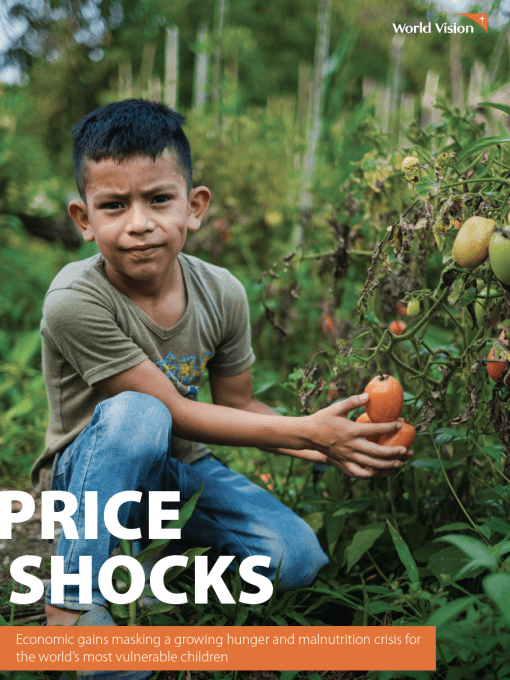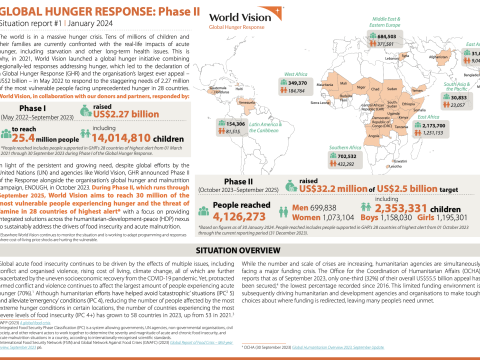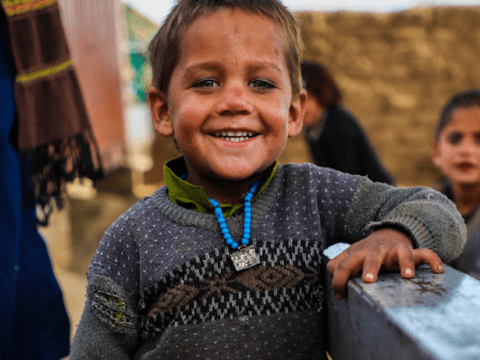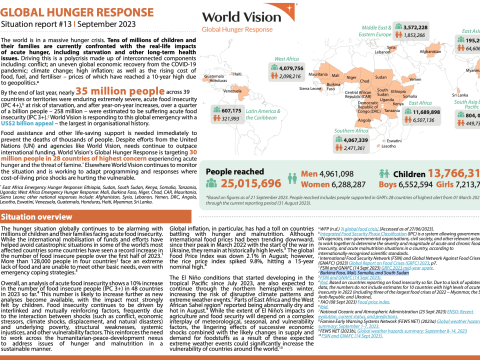Situation Report 5 : Kenya Hunger Crisis Response
Download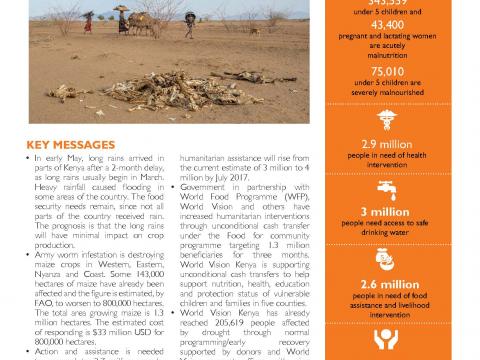
Heavy rains were received over several regions of Kenya in the month of May. The hardest hit regions are counties surrounding Mount Kenya, as well as, coastal areas near Mombasa and Garissa including Dadaab refugee camp. Some other parts of the country, mostly the ASAL regions, are still experiencing a prolonged dry spell with little or no rains received.
Consumer prices of basic foods in Kenya have sharply increased with inflation rate rising up to 11.5 per cent in April 2017 (highest since May 2012) compared to 10.3 percent in the previous month of March.
Kala-azar (Visceral Leishmaniasis) cases continue to be recorded in Wajir and Marsabit with Wajir West Sub County hardest hit with 51 cases listed, while dengue outbreak has been reported in the coastal region. Cholera and measles outbreak have been confirmed in Dadaab Refugee camp.
Conflict over resources and drought displacements continue in Baringo County. A total of 16,615 people are still displaced in IDP camps in Baringo North and Marigat Sub-Counties. The latest incident of insecurity has been reported in Kapedo on the Turkana and East Pokot border resulting in fatalities. 15 health facilities remain closed in East Pokot Sub-County due to ongoing security operation in the area, and access to children in need in East Pokot Sub-County remains a challenge.
Farmers in various parts of the country, particularly in Kenya’s grain basket, have reported Fall Army Worm infestation of crops. The worms have been sighted in Trans Nzoia, Uasin Gishu and Nakuru in the Rift Valley, Kakamega and Bungoma in Western Kenya, and Kwale at the Coastal region. In addition to affecting maize, sorghum, millet and wheat crops, the deadly pest also poses danger to the livestock sector as it attacks pasture and any green vegetation.
Approximately 143,000 hectares (ha) of land in Kenya have been affected. The government projects that up to $33 million USD is required for a response. Currently, the land area growing maize in Kenya stands at 1.3 Million ha of which up to 0.8 million ha may soon become affected for Fall Army infestation.
